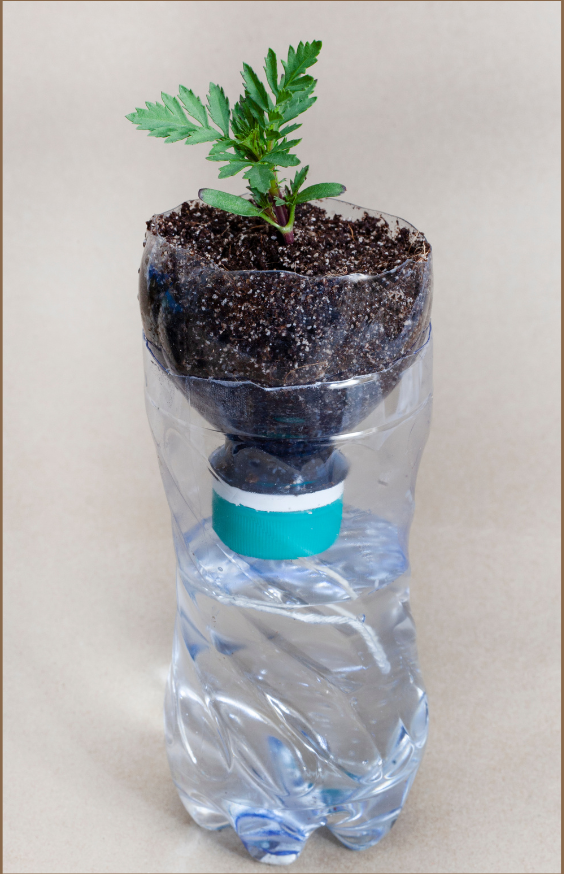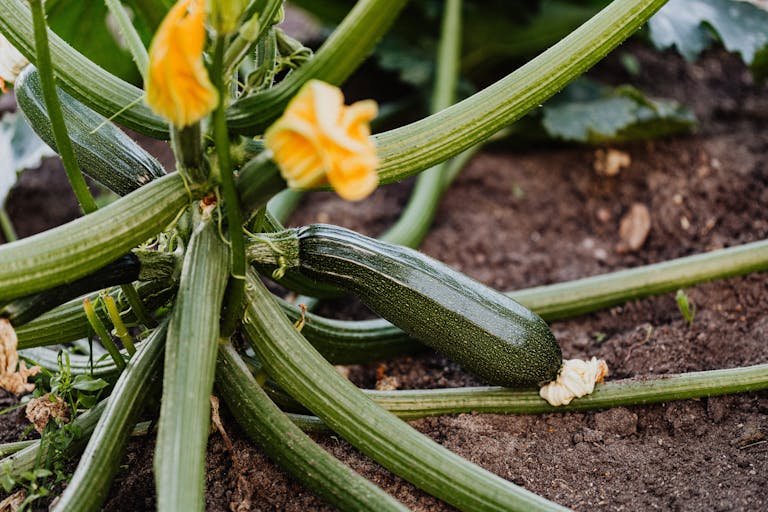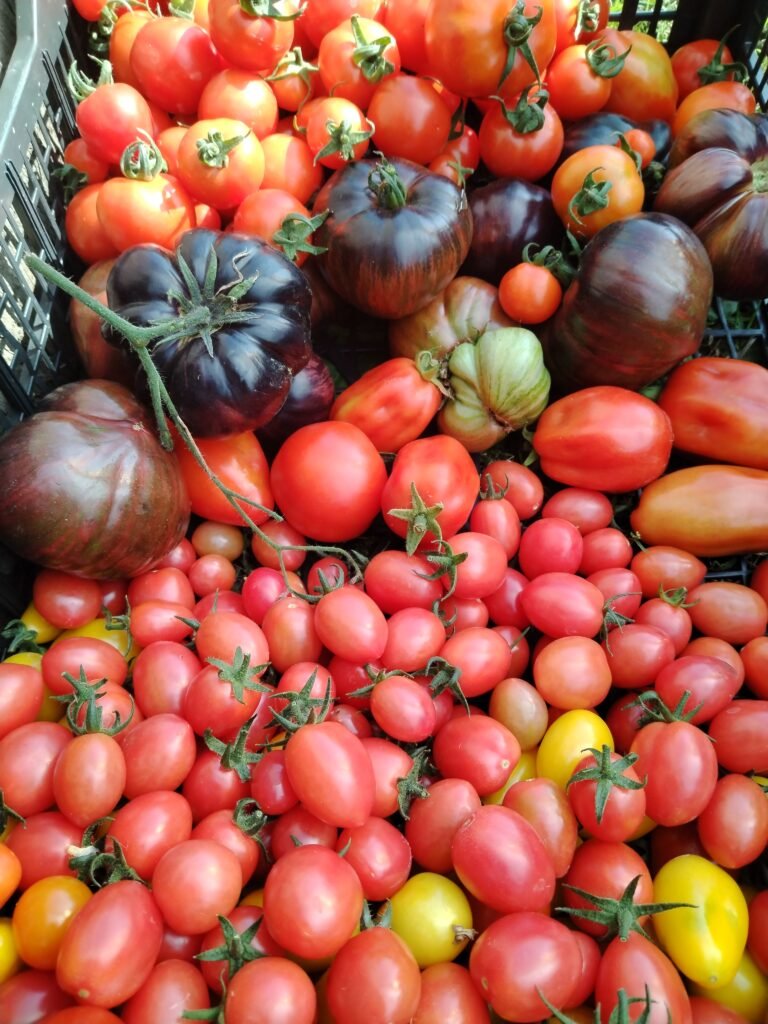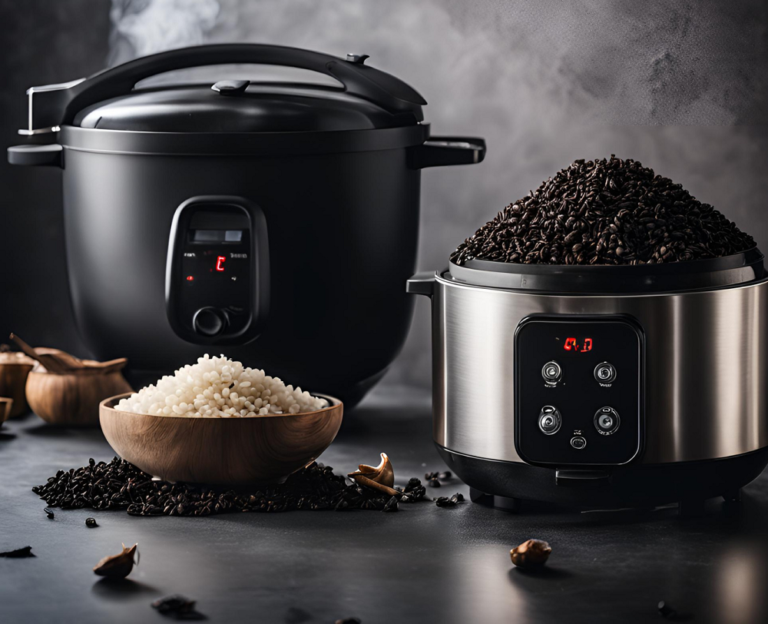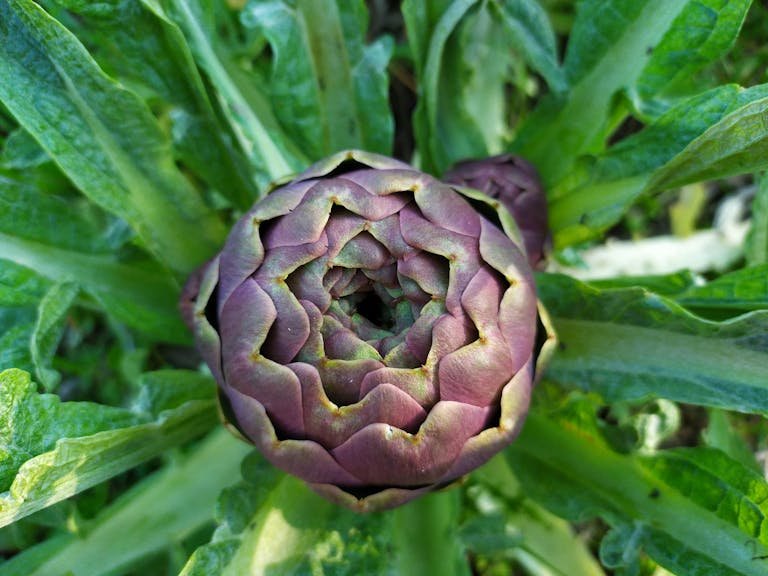
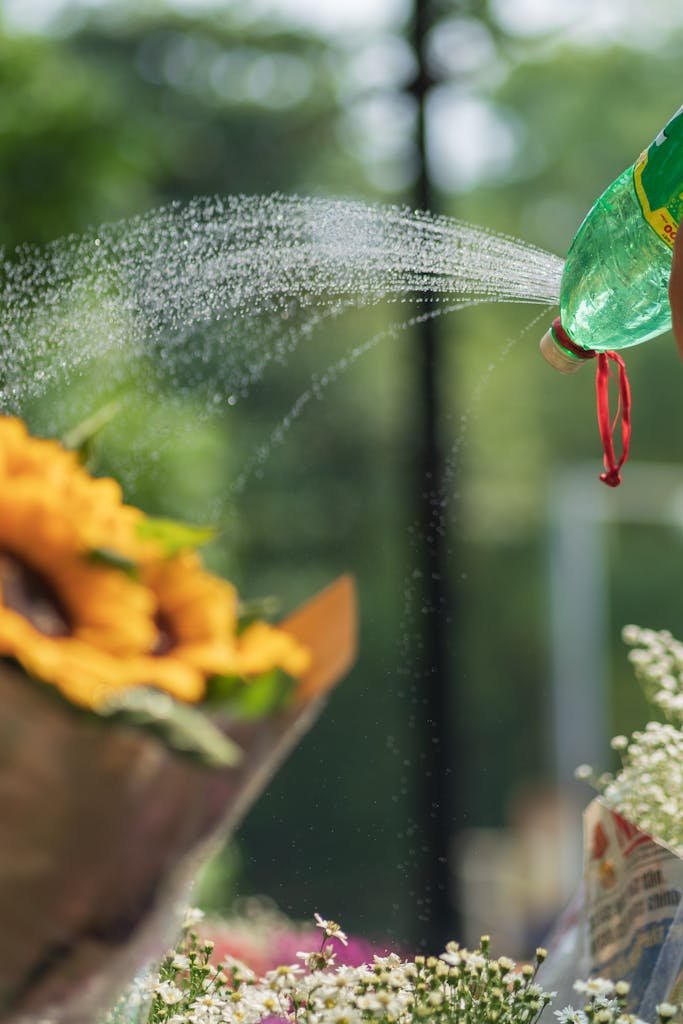

Ever feel like your plants are silently judging you for forgetting to water them? That’s exactly why self-watering garden systems are an absolute lifesaver for busy gardeners, apartment dwellers, and charmingly forgetful plant parents like us.
Let’s face it—life is full. Between juggling work, wrangling kids (or chickens), and remembering where you put your cup of tea (again), it’s no wonder our poor plants sometimes end up in a dry and desperate state. One minute they’re thriving, the next they’re throwing a dramatic wilt like it’s opening night at the garden theatre.
But here’s the good news: with a little help from clever technology and simple design, you can keep your plants perky without having to hover over them with a watering can. In fact, studies show that over 40% of home gardeners cite lack of time as their biggest green-thumb hurdle. Thankfully, self-watering systems step in like the trusty sidekick you didn’t know you needed—always reliable, never needy.
Whether you’re growing basil on a sunny windowsill, lettuce in a raised bed, or jungle vibes in the living room, these systems do the job—quietly, efficiently, and with zero guilt trips. You can even build your own using things you probably already have lying around (hello, upcycled brilliance!).
So grab your tea (or find it, first), and let’s dive into the world of self-watering garden magic. Your plants will thank you—silently, of course.
What Is a Self-Watering Garden System?
Let’s start at the root of it all—what exactly is a self-watering garden system? In the simplest terms, it’s a clever setup that allows your plants to drink when they’re thirsty, without you having to hover around with a watering can every morning. Think of it like a bottomless glass of water for your greenery—always available, but never overwhelming.
How Do Self-Watering Systems Work?
Self-watering systems operate on a brilliantly simple principle: plants take what they need, when they need it. These systems store water in a reservoir below the soil and use capillary action (fancy science term alert!) to gently wick moisture up to the plant’s roots. No timers. No daily watering. Just good old-fashioned physics and plant intuition working together.
The Key Components: Simple But Mighty
Every self-watering setup has three essential parts:
- Water Reservoir: This sits at the base and holds the water supply.
- Wicking Mechanism: Usually a piece of fabric, rope, or soil column that draws water upward.
- Overflow Drainage: This prevents soggy disasters by letting excess water escape. No root rot allowed here!
Passive vs. Active Systems: What’s the Difference?
Passive systems are the most common—they let gravity and wicking do all the work. They’re low-tech, low-fuss, and perfect for most home gardeners. Active systems, on the other hand, involve pumps and timers. Great for large-scale or tech-savvy setups, but not always necessary unless you’re running a greenhouse or a vertical farm in your spare room.
Best Plants for Self-Watering Systems
Some plants are natural-born sippers and thrive in self-watering environments. Think:
- Leafy greens like lettuce and spinach
- Herbs such as basil, mint, and parsley
- Thirsty veggies like tomatoes, peppers, and cucumbers
- Indoor divas like peace lilies, pothos, and spider plants
Just steer clear of succulents and cacti—those desert dwellers prefer things a bit more… dry and dramatic.
Benefits of Self-Watering Systems for Busy Gardeners
Let’s be honest—gardening is deeply rewarding, but sometimes, life pulls us in too many directions (and not always toward the watering can). That’s exactly where self-watering systems step in like the loyal garden buddy you didn’t know you needed.
First off, they save you time.
Instead of daily watering sessions and constant soil checks, you get to reclaim your mornings—yes, even the ones where you’re racing out the door with mismatched socks and a lukewarm cup of coffee. With a steady water supply always available, your plants stay hydrated even when you’re not around.
They also take the guesswork out of watering.
No more “Did I water too much… or not at all?” moments. These systems strike the perfect balance, preventing soggy roots and thirsty leaves alike. It’s like Goldilocks gardening—just right, every time.
Even better, they’re water-wise.
Because moisture is delivered directly to the roots, you’ll use less water overall—good for your plants, your bill, and the planet. Win-win-win.
Planning a trip or just forgetful?
No judgment here. Self-watering systems are perfect for those days (or weeks) when gardening takes a back seat. Whether you’re working long hours or heading off on holiday, your plants won’t even notice you’re gone.
And finally, happy roots = happy harvest.
By keeping moisture levels consistent, you reduce plant stress—and when plants aren’t panicking over drought one day and flooding the next, they tend to grow stronger, produce more, and look downright smug about it.
Types of Self-Watering Systems (And How to Choose One)
There’s no one-size-fits-all in gardening—just like we all have that one houseplant that thrives on neglect and another that wilts if you even think about skipping a day. Fortunately, self-watering systems come in all shapes, sizes, and levels of fancy. So, let’s dig into the most popular types and see which one fits your lifestyle best.
Wick Systems (Simple and DIY-Friendly)
First things first, let’s talk about the low-maintenance champion: the wick system. It’s as straightforward as it sounds—a humble fabric or rope wick draws water from a reservoir up into the soil as needed. Not only is it budget-friendly, but it’s also DIY heaven for upcyclers and perfect for small pots and windowsill herbs. Plus, no batteries or gadgets required!
Sub-Irrigated Planters (SIPs)
Next up, we have SIPs, which are a bit more polished but still delightfully simple. These containers hold water in a lower reservoir while the soil above stays just moist enough. In other words, your plants drink when they’re thirsty—kind of like having a built-in butler. They’re ideal for balcony setups or small-space gardens where every inch counts.
Drip Irrigation with Timers
If you’re managing more than a few pots, this is where the magic happens. Drip irrigation systems with timers allow you to automate watering on a schedule, so even if you forget (or head off on a long weekend), your plants won’t suffer. Moreover, they’re great for precision watering and work beautifully in larger gardens or raised beds.
Self-Watering Raised Beds
Now we’re getting serious. These systems combine the benefits of raised beds with internal water reservoirs, often mimicking the function of a SIP—but on a grander scale. Not only do they hold moisture well, but they also reduce weeding and soil compaction. In short, they’re ideal for high-yield veggie growers who still want to sleep in on Sundays.
Automatic Hydroponic and Smart Systems
Meanwhile, for the tech-savvy (or plant-obsessed), there are hydroponic and smart garden systems. These come with sensors, apps, lights—you name it. While they may be a bit of an investment, they’re perfect for indoor gardeners, year-round growing, or folks who love geeking out over plant tech.
Choosing the Right System for You
So, how do you pick the right one? Start by considering your space, the types of plants you’re growing, and—let’s be honest—how often you actually remember to water. For small-scale setups or DIY fans, wick systems and SIPs are perfect. For those managing bigger beds or going on frequent trips, drip or raised systems offer peace of mind. And for indoor growers who want to push the limits of leafy green abundance, smart systems might just be your new best friend.
Best Self-Watering Garden Systems (Top Picks)
So, you’ve decided to give your plants a hydration upgrade—brilliant choice! But with so many options out there, it can feel like trying to pick a favorite child. Don’t worry, we’ve sifted through the latest and greatest to bring you a roundup of self-watering garden systems that are actually worth your time (and money). Let’s dive into the best of 2024:
Top-Rated Systems for Small Spaces
Short on space but big on plant dreams? For balconies, windowsills, and tiny patios, look no further than compact heroes like the Lechuza Balconera or the Glowpear Urban Garden. These sleek self-watering planters are stylish, easy to manage, and perfect for herbs, leafy greens, or even a cheeky cherry tomato or two. Bonus: no saucers or soggy mess.
Best Options for Raised Beds and Backyard Gardens
If you’re growing big and bold, you’ll need a system that can keep up. The Gardener’s Supply Self-Watering Raised Bed and VEVOR Self-Watering Garden Box are built for the long haul, offering deep reservoirs, sturdy construction, and less bending over (your back will thank you). These are ideal for everything from salad greens to courgettes.
Eco-Friendly and Budget-Conscious Options
Want to save the planet and a few euros while you’re at it? Try DIY bucket SIPs or systems like the EarthBox Original, which uses less water and is reusable for years. Repurposed containers, upcycled fabric wicks, and clever hacks can also go a long way—because sustainability doesn’t have to be spendy.
Smart and Self-Monitoring Garden Tech
For the tech-savvy gardener (or the chronically forgetful), smart systems like the Click and Grow Smart Garden or AeroGarden Harvest take the guesswork out of growing. These beauties come with LED lights, water alerts, and even phone apps to check on your basil while you’re sipping coffee across town.
Pros, Cons, and Pricing Comparison
Of course, no system is perfect. While smart gardens are practically hands-free, they can get pricey. DIY setups are affordable but take a bit of effort. Raised bed systems offer huge capacity but aren’t ideal for small patios. The key is balancing convenience, cost, and the specific needs of your plants—and your schedule.
Coming up next: how to build your own self-watering system using things you probably already have in the shed!
DIY Self-Watering Garden System Ideas
Let’s be honest: sometimes the best garden upgrades come not from a store, but from your recycling bin. If you’ve got a weekend, a few basic tools, and a dash of curiosity, these DIY self-watering garden systems can work wonders. Plus, they’re budget-friendly, sustainable, and pretty satisfying to build. So, whether you’re a crafty green thumb or just a gardener who loves a good hack, here’s how to get started.
First Up: Make a Simple Self-Watering Planter from Recycled Bottles
To begin with, let’s tackle the easiest option. Grab a clean plastic bottle (those 1–2L soda bottles work like a charm), cut it in half, and flip the top upside down into the base. Next, thread a cotton wick through the cap, fill the bottom with water, and add soil and your plant to the top. Voilà—your little green friend can now sip steadily as needed. This is especially handy for windowsill herbs or seed-starting trays.
Then Try: A Sub-Irrigated Container from Storage Bins
Now, if you’re looking for something a bit larger but still low-effort, move on to a sub-irrigated container (or SIP). You’ll need two stackable bins—one acts as a reservoir, the other for growing. After drilling holes and creating wicking chambers with cups or fabric, you add a fill tube and an overflow hole for drainage. This system is perfect for patio veggies like lettuce, peppers, or dwarf tomatoes. Best of all, it can go weeks between refills.
Next Level: A Self-Watering Raised Bed Using PVC and a Reservoir
Once you’ve mastered the basics, it’s time to level up. For larger gardens, consider building a self-watering raised bed. Start by lining the base with a waterproof barrier, then install perforated PVC pipes to hold water. From there, cover with landscape fabric, fill with soil, and connect a vertical fill pipe. As water moves up via capillary action, your plants enjoy consistent moisture without you lifting a finger (well, after setup, of course). It’s a bit more work, but ideal for busier gardeners or dry spells.
Don’t Forget: Materials Needed and Cost Breakdown
Before you dive in, let’s talk supplies. You’ll typically need:
- Recycled bottles or plastic storage bins (€0–€10)
- PVC pipe or plastic tubing (€5–€15)
- Old t-shirts, landscape fabric, or wicking rope (€0–€5)
- A drill, utility knife, and maybe a bit of enthusiasm (priceless)
All in all, most of these systems can be made for under €20—and often much less if you’re reusing what you already have.
Finally: Step-by-Step Instructions for Each Project
And here’s the exciting part—rolling up your sleeves and building something! In the next section, I’ll break down each method with detailed steps, pro tips, and photos so you can follow along with confidence. Whether you’re on a balcony or managing a small backyard, these DIY systems will help you grow more, stress less, and water way less often.
How to Maintain and Troubleshoot Your Self-Watering System
So, you’ve set up your self-watering garden system, and everything’s chugging along beautifully. But, much like that sourdough starter you abandoned in lockdown, even low-maintenance systems need a little love now and then. Thankfully, keeping your setup in tip-top shape is simple once you know what to look for—and when. Let’s walk through the key things to keep an eye on, and what to do if something goes a bit soggy.
First Things First: How Often Should You Refill the Reservoir?
As a general rule, smaller containers need a top-up every 3–7 days, while larger beds or systems might only need a refill once every two weeks. Of course, this depends on your climate, plant type, and how thirsty your tomatoes are feeling that week. During hot spells, check more frequently. A quick finger test or peeking into the fill tube usually does the trick.
Next Up: Cleaning and Preventing Algae Buildup
If your water reservoir starts to resemble a swamp, it’s time for a little cleaning. Once a month (or more in warm weather), empty the reservoir and give it a rinse with a vinegar solution or mild soap. Better yet, use opaque containers or cover exposed areas to keep sunlight—and algae—out in the first place.
Watch For: Signs of Over-Saturation or Root Rot
Even the best systems can turn traitorous if drainage isn’t working. If your plant looks droopy but the soil feels soggy, you may be overwatering. Yellowing leaves, mushy stems, or a funky smell are all signs of root rot. In that case, improve drainage, reduce water levels, and maybe give the plant a pep talk.
Don’t Forget: Winterizing for Cold Climates
Before Jack Frost shows up uninvited, make sure to drain and store any water reservoirs or exposed tubing. Freezing temps can crack containers and damage fittings. If your system is outdoors, either move it inside or empty it completely. A little prep now saves a lot of heartbreak later.
Finally: Tips to Extend Your System’s Lifespan
To keep things humming year after year, check your wicks for clogs, tighten loose fittings, and give all parts a seasonal inspection. Replacing a worn-out piece of fabric or releveling a planter is far easier than starting from scratch. And of course, always label your DIY components—future you will be grateful.
Best Plants for Self-Watering Systems
So you’ve got your shiny new self-watering setup ready to roll—now comes the fun part: choosing your plant pals! While self-watering systems are pretty versatile, some plants absolutely thrive in this low-maintenance lifestyle. Others, well… let’s just say they prefer a little more drama. Here’s a quick guide to the best green companions for your new garden gadget—and a few you might want to avoid.
Leafy Greens: Lettuce, Spinach, Kale
Let’s kick things off with the MVPs of the salad world. Leafy greens absolutely love consistent moisture, which makes them a perfect match for self-watering systems. Lettuce, spinach, and kale tend to bolt (flower prematurely) when they’re stressed from irregular watering—but with a steady supply, they stay crisp, sweet, and utterly harvestable.
Herbs: Basil, Parsley, Mint, Thyme
Next up, herbs! Most of your kitchen favorites—like basil, parsley, mint, and thyme—appreciate a stable water source. These fragrant little overachievers grow quickly when well-hydrated, making them a brilliant choice for windowsill SIPs or balcony containers. Just be warned: mint is a bit of a garden bully, so consider giving it a pot of its own.
Fruiting Plants: Cherry Tomatoes, Peppers, Strawberries
Now we’re talking flavor! Fruiting plants like cherry tomatoes, peppers, and strawberries are thirsty creatures, especially once they start producing. Self-watering containers help maintain moisture at the root zone without soaking the leaves—meaning fewer diseases and juicier harvests. Plus, strawberries in a self-watering tower? Chef’s kiss.
Houseplants That Love Consistent Moisture
Self-watering systems aren’t just for the edible crowd. Houseplants like peace lilies, pothos, and calatheas are big fans of evenly moist soil (not soggy—just right). If your pothos has been passive-aggressively drooping every time you forget to water, this is your redemption arc.
Plants to Avoid in Self-Watering Setups
That said, not every plant is a fan. Mediterranean herbs like rosemary and lavender, as well as succulents and cacti, prefer their soil on the dry side. Constant moisture can lead to root rot, soggy sadness, and a very unenthusiastic plant. If in doubt, check whether the plant naturally grows in a dry or wet environment—it’s usually a good clue.
Final Thoughts: Let Your Garden Water Itself (So You Don’t Have To)
Let’s be real—life gets busy, and plants don’t exactly send calendar invites when they’re thirsty. But with a self-watering garden system, you’re not just keeping your greenery alive—you’re giving it the consistency it craves, with way less effort on your part. It’s like having a garden that knows how to fend for itself (well, almost).
From leafy greens and herbs to juicy strawberries and sun-warmed cherry tomatoes, the right setup can turn even the busiest gardener into a backyard superstar. Whether you go the DIY route with upcycled bottles or invest in a sleek smart planter, the key is finding a system that fits your space, your plants, and your lifestyle.
Still figuring out what to grow first? Start with something rewarding! Check out our beginner-friendly posts on how to grow cherry tomatoes, pepper varieties we love, or even how to grow sweet strawberries in containers. These crops do especially well in self-watering setups—and they’re as satisfying to harvest as they are to nibble on straight from the vine.
So here’s to fewer guilt trips from wilted basil, more thriving plants, and a garden that practically takes care of itself. Pour yourself a cup of tea, admire your handiwork, and let your watering can collect a bit of dust—you’ve earned it.

